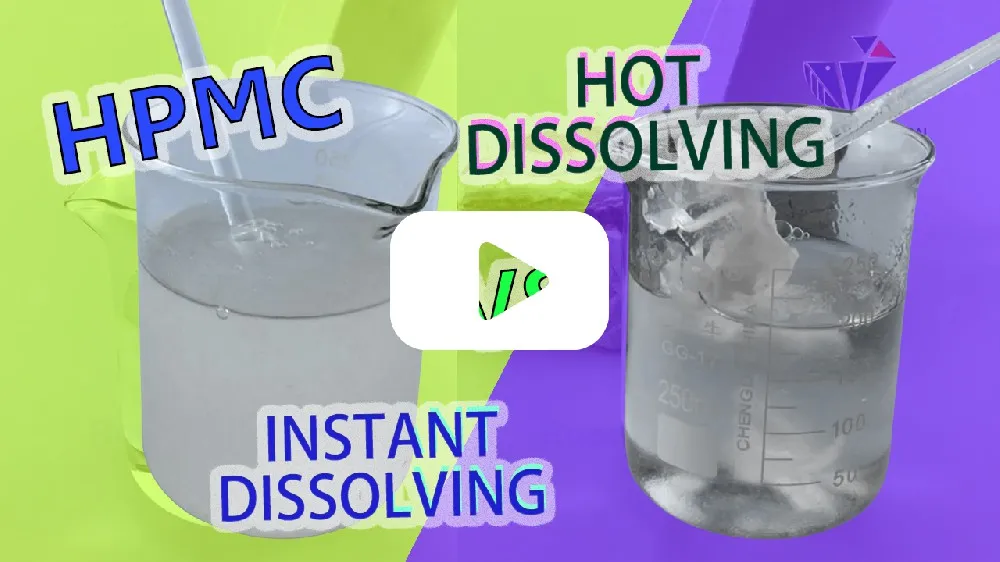
Nov . 30, 2024 07:51 Back to list
Understanding the Solubility of Hydroxypropyl Methyl Cellulose in Various Solvents
Understanding the Solubility of Hydroxypropyl Methylcellulose
Hydroxypropyl methylcellulose (HPMC) is a widely used polymer derived from cellulose, an abundant natural carbohydrate. Its unique properties make it an essential ingredient in various industries, from pharmaceuticals to construction. One of the most critical characteristics of HPMC is its solubility, which plays a vital role in determining its functionality and applicability in different formulations.
What is Hydroxypropyl Methylcellulose?
HPMC is a semi-synthetic polymer produced by the chemical modification of cellulose. By introducing hydroxypropyl and methyl groups to the cellulose backbone, the material exhibits improved solubility and enhanced film-forming properties. It is a white to off-white powder that is odorless and tasteless, readily dissolving in water to form a viscous solution. This solubility is pivotal in determining its effectiveness in various applications.
Solubility Characteristics
The solubility of HPMC is influenced by several factors, including its molecular weight, the degree of substitution of the hydroxypropyl and methyl groups, pH, and temperature. Generally, HPMC is soluble in cold and hot water, forming a clear, viscous gel. The viscosity of the solution is directly related to the concentration and molecular weight of the polymer – higher molecular weight HPMC tends to form more viscous solutions.
The solubility of HPMC in water is attributed to the hydrophilic nature of the hydroxypropyl and methyl groups. When mixed with water, these groups interact with water molecules, facilitating the dissolution of the polymer. This property is particularly valuable in the pharmaceutical industry, where HPMC is utilized as a thickening agent, emulsifier, and controlled-release agent in drug formulations.
Applications in Pharmaceuticals
hydroxypropyl methyl cellulose solubility

In pharmaceuticals, HPMC is frequently employed in the preparation of various dosage forms, including tablets, capsules, and topical creams. Its solubility and film-forming abilities enable it to create sustained-release formulations that delay the release of active ingredients, thus providing prolonged therapeutic effects. The viscosity of HPMC solutions also aids in stabilizing emulsions and suspensions, enhancing the overall performance of pharmaceutical products.
Moreover, HPMC is a popular alternative to gelatin in the production of capsules due to its vegetarian-friendly profile. The solubility characteristics of HPMC ensure that the capsules dissolve effectively in the gastrointestinal tract, permitting the controlled release of the active ingredients.
Use in Food and Cosmetics
Beyond pharmaceuticals, HPMC is a valuable ingredient in the food and cosmetics industries. In food processing, it serves as a thickener, stabilizer, and emulsifier, enhancing the texture and shelf-life of various products. Its ability to retain moisture makes it particularly useful in baked goods, preventing staleness and improving the overall quality of food products.
In cosmetics, HPMC acts as a film-forming agent and thickener, contributing to the texture and stability of lotions, creams, and gels. Its solubility ensures that formulations achieve the desired consistency and performance, enhancing the user experience.
Conclusion
The solubility of hydroxypropyl methylcellulose is a fundamental aspect of its functionality in a wide range of applications. Its ability to form viscous solutions makes it an invaluable ingredient in pharmaceuticals, food, and cosmetics. Understanding the factors that influence its solubility is essential for manufacturers seeking to optimize their formulations. As research and development continue to advance, HPMC is likely to find even more applications, solidifying its position as a versatile and essential polymer in various industries.
-
Versatile Hpmc Uses in Different Industries
NewsJun.19,2025
-
Redispersible Powder's Role in Enhancing Durability of Construction Products
NewsJun.19,2025
-
Hydroxyethyl Cellulose Applications Driving Green Industrial Processes
NewsJun.19,2025
-
Exploring Different Redispersible Polymer Powder
NewsJun.19,2025
-
Choosing the Right Mortar Bonding Agent
NewsJun.19,2025
-
Applications and Significance of China Hpmc in Modern Industries
NewsJun.19,2025







